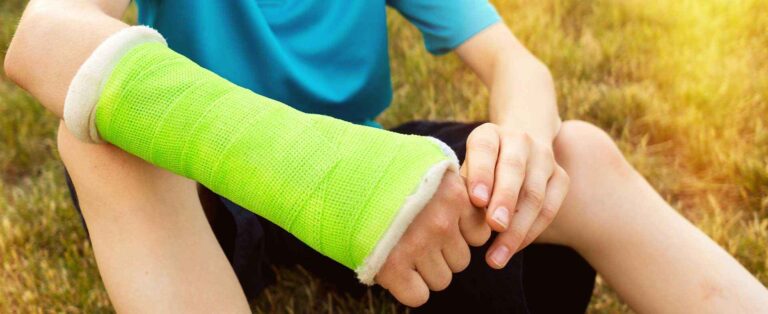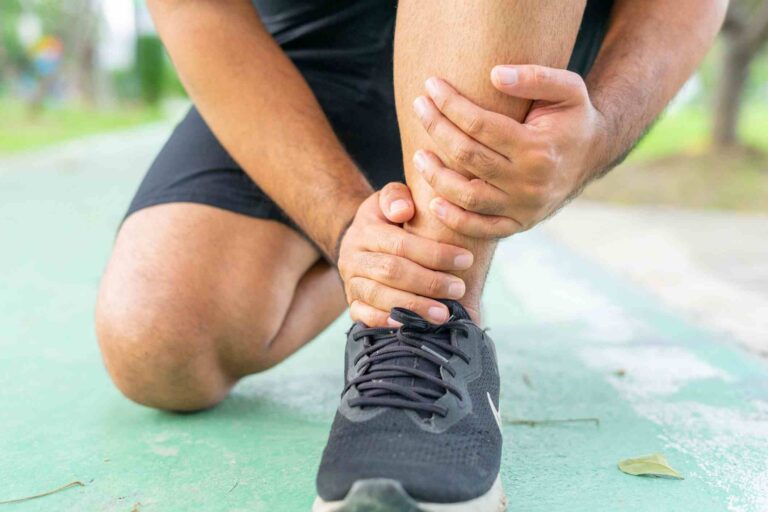When someone gets hurt, their natural instinct is frequently to go to the closest hospital or urgent care facility. But what if you still need quick access to medical professionals? You might be on a trek or a camping trip if you reside in a rural location. Whatever the circumstance, you must understand how to take care of your injury until you can get more help from a specialist.
In many different ways, shapes, and forms, first aid is necessary. Knowing some basic first aid techniques is usually a good idea in case you or someone around needs them. Here is a list of the most typical injuries that require first aid, along with advice on what to do in such cases.

1. Cut/Scrape :
If bleeding occurs, apply hard pressure with a clean cloth to the area until it stops, which could take three to 15 minutes. Use warm running water to wash and then gently pat dry. Apply a thin coating of antibiotic ointment if the skin is broken, then wrap it with a bandage, gauze, and adhesive tape.
Call your doctor if direct pressure fails to stop the bleeding after numerous tries. Until the wound heals, keep using the antibiotic ointment and changing the bandage daily (or more frequently, if needed).
2. Fractures :
Immobilizing the nearby joints is one of the most crucial things you can do if you suspect a broken bone. Stabilizing the area can help reduce pain and prevent broken bone fragments from being moved. Check whether a splint is in your first aid kit if you have one around. If not, find at least two items that can be wrapped around the splint and something rigid (for example, strips of fabric, ropes, neckties, belts, shoelaces, or medical tape).
From the joint above to the joint below, place the splint along the shattered bone. Next, securely fasten the splint to each joint’s exterior side (for example, for a forearm splint, you should secure the split above the elbow joint and below the wrist joint). Keep adjusting the sling every few minutes because swelling may cause it to become tighter over time. Be careful not to tie the splint so tightly that it shuts off circulation. Take painkillers, frequently apply ice packs, and get help as quickly as possible.

3. Sprains, Strains, and Tears :
The initial step in treating a sprain, strain, or tear is to immobilize the injured area, elevate it, and use ice and compression to lessen swelling. A trip to the hospital can be necessary if a strain is followed by excruciating pain, edema, or discoloration. RICE will aid with the healing process in milder situations.
- Rest:- Give the strained joint at least 48 to 72 hours to heal before using it again.
- Ice:- Ice the sprained joint for 15 to 20 minutes at a time, four to eight times per day, beginning as soon as possible after the injury. Do this repeatedly until the swelling subsides or 48 hours have passed since the injury.
- Compression:- If you have an elastic bandage or wrap handy, wrap it around the injured joint.
- Elevation:- Whenever you can keep the injured joint elevated above your heart.
To get the necessary follow-up care you may rely on Specialty Care Clinics. Call us at (469) 545-9983 to schedule an appointment at any time.
